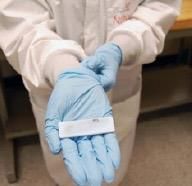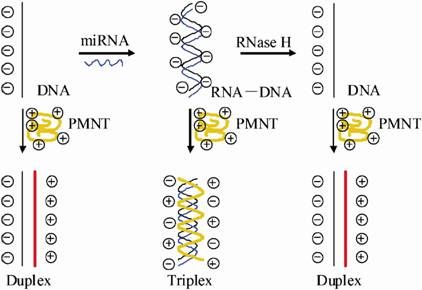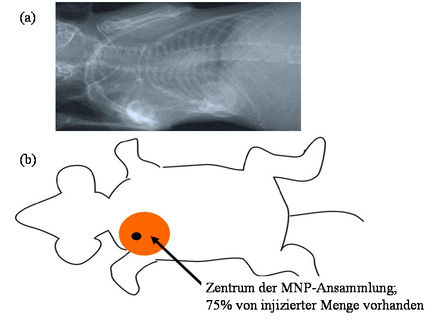New technology could boost disease detection tests' speed and sensitivity
A team led by Yale University scientists has developed a way to rapidly manipulate and sort different cells in the blood using magnetizable liquids. The findings, published in the Proceedings of the National Academy of Sciences, could dramatically improve the speed and sensitivity of tests used to detect cancer biomarkers, blood disorders, viruses and other diseases.
Ferrofluids are comprised of magnetic nanoparticles suspended throughout a liquid carrier. They have been used in industrial applications for years, including in hard disk drives and loudspeakers. Now a team led by Hur Koser, associate professor at the Yale School of Engineering & Applied Science, has developed a biocompatible ferrofluid — one with the right pH level and salinity so that human cells can survive in it for several hours — and has created a device with integrated electrodes that generate a magnetic field pattern, allowing them to manipulate and separate red blood cells, sickle cells and bacteria contained in this unique solution.
The magnetic field attracts the nanoparticles in the ferrofluid, effectively pushing and shuffling the much larger, nonmagnetic cells along specific channels. Depending on the frequency of the magnetic field they apply, the researchers are also able to manipulate and sort different types of cells depending on their size, elasticity and shape.
"It's like the cells are surfing on magnetic forces," Koser said. "When we turn on the magnetic field, the nonmagnetic cells are pushed immediately up to the top of the channel." There, they roll along the surface and can be quickly directed toward a sensor.
While other cell manipulation techniques exist, this new method is unique in that it doesn't require attaching biomarkers, or labels, to the cells and there is no need for labor-intensive preparation or post-processing.
Being able to effectively sort and move cells with this technique could allow for much greater efficiency in disease detection by directing diseased cells toward sensors. Many of today's tests require hours or even days to complete, because the concentration of diseased cells in a blood sample may be so low that it takes a long time for them to randomly bump into the sensors. In early-stage cancer, for instance, there could be one tumor cell for every billion healthy cells, making them extremely difficult to detect.
"Effective and efficient separation is very important when you're looking for a needle in a haystack," said Ayse Rezzan Kose, a graduate student in the Koser Lab and the lead author of the study. "We're hoping we can achieve an increase of several orders of magnitude in the sensitivity of existing detection technologies. If so, a blood sample analysis could be completed in minutes, not hours or days."
Koser hopes that one day the new technique will lead to portable sensors that doctors can carry into the field and which could be used to test for a range of disorders, such as cancer and HIV. "Anything you can put into the ferrofluid solution is potentially detectable in this manner."
Most read news
Topics
Organizations
Other news from the department science
These products might interest you

Hose pressure transducer by HiTec Zang
Contactless pressure measurement for sterile applications
Easy-to-install tubing pressure sensors for diameters from 4.8-19.1 mm

FireSting-PRO by PyroScience
New fiber optic measuring device: Precise measurements even in the smallest volumes
Measure pH, oxygen and temperature even under sterile conditions

Get the life science industry in your inbox
By submitting this form you agree that LUMITOS AG will send you the newsletter(s) selected above by email. Your data will not be passed on to third parties. Your data will be stored and processed in accordance with our data protection regulations. LUMITOS may contact you by email for the purpose of advertising or market and opinion surveys. You can revoke your consent at any time without giving reasons to LUMITOS AG, Ernst-Augustin-Str. 2, 12489 Berlin, Germany or by e-mail at revoke@lumitos.com with effect for the future. In addition, each email contains a link to unsubscribe from the corresponding newsletter.
Most read news
More news from our other portals
Last viewed contents
Rat's_Tail
Tonsillectomy
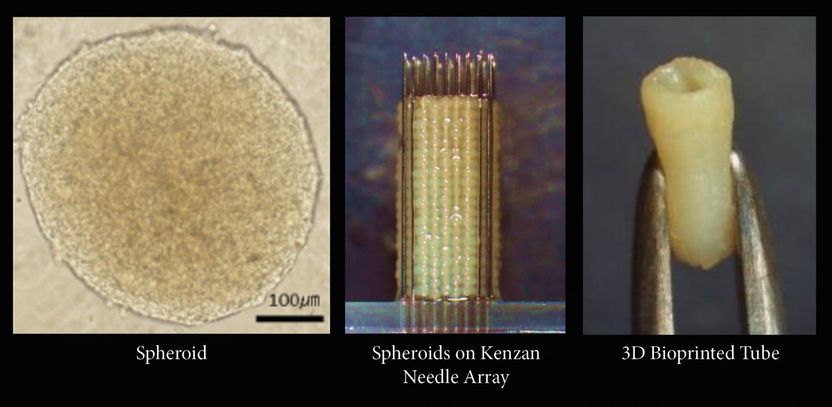
New scaffold-free 3-D bioprinting available
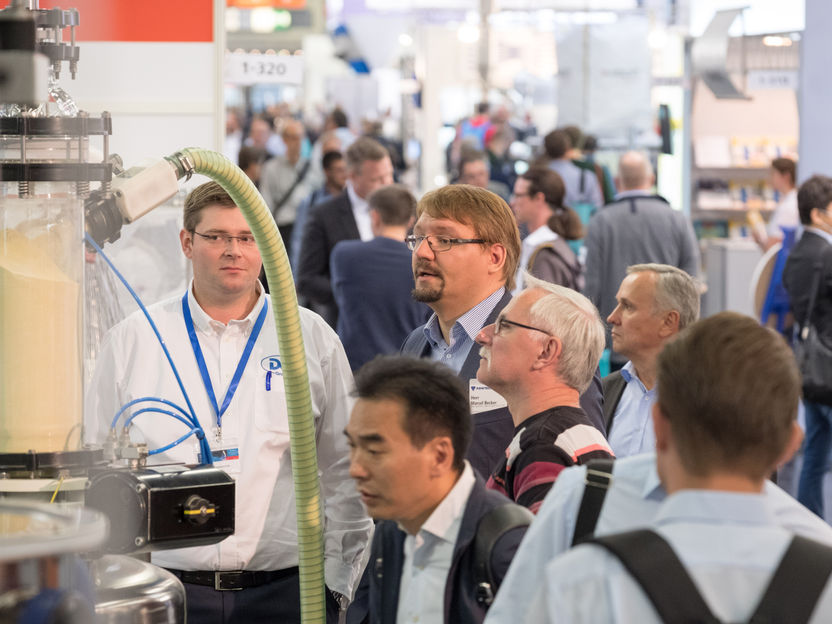
20th POWTECH brought the world of process engineering together
EHEC: Scientists of Münster identify genome sequence of a comparable strain of the year 2001 - Investigations shall deliver further indications as to the behavior of the current pathogen

Demystifying DNA hybridization kinetics
EHEC and other crises know no boundaries - Together with ANSES (France) and the National Food Institute of the Danish Technical University, the BfR is organising a symposium on the topic of how to handle and prevent crises
Guanylyl_cyclase_c
Argininosuccinate_synthetase
Ian_Gilmore
Lily_of_the_Valley
